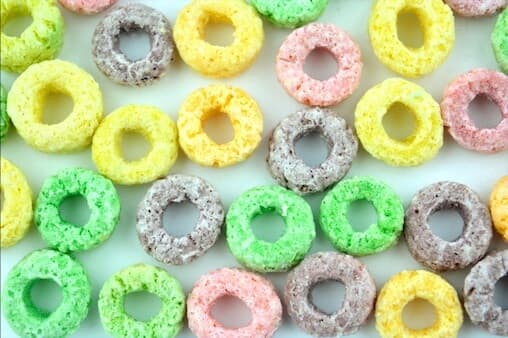Fiber: Do kids need it, too?

Question
How important is fiber in a child’s diet? How can I make sure my kids are getting enough?
Dr. Greene's Answer
Fiber is very important for kids’ health and behavior.
- Children age 1 to 3 need at least 19 grams a day.
- By age 4, the minimum goes up to 25 grams.
Most children in the United States get far less fiber than they need. White-flour snacks, breads, and cereals are major culprits. So are kids’ meals. Chicken nuggets or grilled cheese sandwiches and fries may have almost none. (The skin of the potato is the primary source of its fiber.)
Children do not benefit from large amounts of refined white flour. Nevertheless, white flour has become a major part of our diets. This simple carbohydrate acts in our bodies much like white sugar–empty calories that disrupt energy levels and insulin levels and increase body fat. The risk for diabetes increases with consumption of white bread, white rice, mashed potatoes, and French-fried potatoes (Journal of the American Medical Association, February 12, 1997).
Ways to Add Fiber to Your Diet
Try to incorporate some fiber-rich food in every meal and every snack – for the whole family. It’s easy to miss if you’re not thinking about it; it’s an attainable goal if you do.
In general, fiber is abundant in foods that come from plants, as long as they have not been over-processed. Fiber is found in nuts and nutbutters, berries and other fruits, beans, vegetables, and whole grains.
Serve as many whole foods and minimally processed foods as you can. When it comes to packaged or prepared foods, look at labels. Because fiber is so important for health, fiber is one of the few nutrients required to be listed on the nutrition label of packaged foods. Get in the habit of looking.
What about Grains?
When it comes to grains, make at least half the grains whole. At least. White flour can be replaced with whole-grain flours. For instance, cereals made from white flour can be replaced with whole-grain cereals.
But Which are Whole-grain Cereals?
Special K? Product 19? Corn Flakes? Cream of Wheat? No. No. No. But the following are:
- Cheerios
- Raisin Bran
- Total
- Wheaties
- Spoon-Size Shredded Wheat
- Grape Nuts
- Oatmeal
When selecting among whole-grain cereals, try to minimize sugar, chemical additives and artificial and natural flavors.
Don’t let the names of products fool you. Names like Pepperidge Farm Light Style Seven Grain and Arnold Bran’ola Nutty Grains Bread sound like they would be made mostly from whole-grain flour. Nope. However, Arnold Country Wheat and Pepperidge Farm Natural Whole Grain Nine Grain breads are. Nabisco Reduced Fat Triscuits and Wheat Thins are primarily whole wheat. Wheatsworth crackers are not!
How Can I Be Sure Cracker and Breads are Made from Whole-Grains?
Check the first ingredient on the ingredients lists of all breads and crackers. It should say “whole wheat” or some other whole grain, such as oats. “Wheat flour” or “enriched wheat flour” are not what you are looking for–they are essentially plain white flour.
If the front label says, “Made with whole wheat” or “Made with whole grain,” get suspicious! Usually the product is mostly refined white flour with a touch of whole grain thrown in to fool you! Front labels can easily deceive.
These breads are made with mostly refined flours:
- Cracked wheat
- Multi-grain
- Oat bran
- Oatmeal
- Pumpernickel
- Rye
- Seven bran (or twelve bran)
- Seven grain (or nine grain)
- Stoned wheat
- Wheat
- Wheatberry
- Whole bran (bran is just the outer part of the grain kernel)
(Source: Nutrition Action Healthletter, The Center for Science in the Public Interest, March 1997)
Some of these names are enough to make you think that the manufacturers are trying to fool us into thinking that their products are healthy when they are not. Buyer beware!


